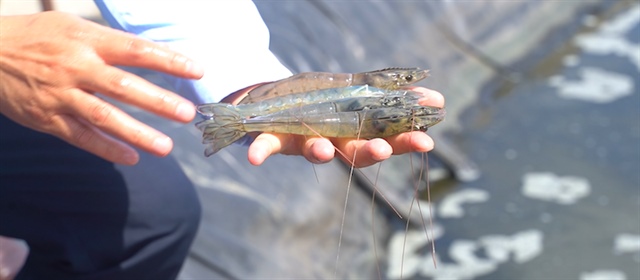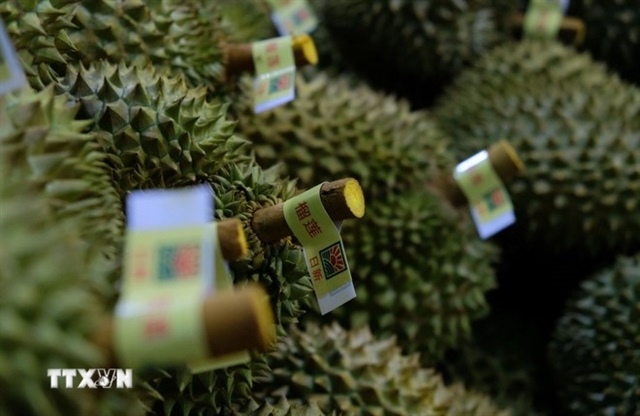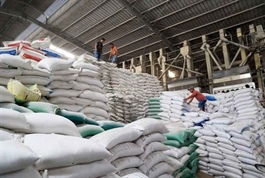Vietnam shrimp exports to gross value of US$4 billion in 2024
Vietnam shrimp exports to gross value of US$4 billion in 2024
The recovery momentum for shrimp exports will face numerous challenges in 2024, requiring Vietnamese shrimp businesses to make further efforts to overcome obstacles on the path to recovery.
Vietnam's shrimp exports are estimated to fetch US$4 billion in 2024, up 10-15% year-on-year, according to the Vietnam Association of Seafood Exporters and Producers (VASEP).

Shrimp is one of Vietnam's major seafood exports. Photos: Viet Uc Seafood Corporation |
Demand is forecast to recover from the last six months of this year as inflationary pressures ease and importers reduce their inventories. This provides an opportunity for shrimp prices to rise again, according to VASEP.
In terms of markets, shrimp exports from Vietnam to China could see a slight recovery in the early months of 2024. Vietnam benefits from its proximity and lower logistics costs compared to its competitors. Meanwhile, the conflict in the Red Sea has led to higher shipping costs, which could reduce Ecuador's shrimp exports to China. This could be an opportunity for Vietnamese shrimp in the Chinese market.
In 2023, Vietnam's shrimp exports to China and Hong Kong (China) earned $607 million, down 8% from 2022. Despite strong demand for shrimp imports in China, Vietnamese shrimp faces price competitiveness challenges due to an influx of low-priced supply.
VASEP added that Vietnamese shrimp still has an advantage in the premium segment of the Chinese market. However, Ecuadorian shrimp is gradually becoming more competitive. Given the current economic and political uncertainties, most of the EU is not expected to recover by 2024. Still, demand is expected to remain stable.
Regarding the EU market, VASEP explains that the conflict between Russia and Ukraine in 2023 led to cost-cutting consumer behavior, rising prices and increased fuel costs.
In 2023, Vietnam's shrimp exports to the EU amounted to $421 million, down 39% from 2022. European consumers opted for cheaper food and smaller shrimp sizes, and importers limited their purchases to clear stock and minimise losses. In addition, the devaluation of the euro also contributed to lower shrimp consumption in this market.
In the US market, Vietnam's shrimp exports continued to decline in the early months of 2023, but achieved double-digit growth from July to the end of the year. Throughout 2023, shrimp exports to the US will reach $682 million, down 15% year-on-year. However, Vietnamese shrimp is expected to see slight growth in 2024 as food consumption improves, inflation eases and US retail sales recover, the association predicted.
For the Japanese market, VASEP said shrimp exports to Japan are gradually recovering after several months of decline. In the last month of 2023, shrimp exports to Japan increased by 6% compared to the same period last year. Japan is seen as having significant potential and is expected to recover earlier than other major markets such as the US and EU in 2024.
However, VASEP believes that the recovery momentum for shrimp exports in 2024 will face numerous challenges, requiring Vietnamese shrimp enterprises to make further efforts to overcome obstacles on the road to recovery.
The association suggested that the solution lies in continuing to seek potential partners, expanding markets, investing in technological innovation and equipment, and enhancing competitiveness in product quality.
The current trend in most major shrimp and agricultural markets, such as the EU and Japan, is to demand products that are environmentally friendly, clean and reduce greenhouse gas emissions. Within the shrimp value chain, different stages contribute to greenhouse gas emissions. On the other hand, emissions from environmentally friendly shrimp farming models, such as shrimp based on rice farming, are extremely low and close to net-zero levels, VASEP pointed out.




























